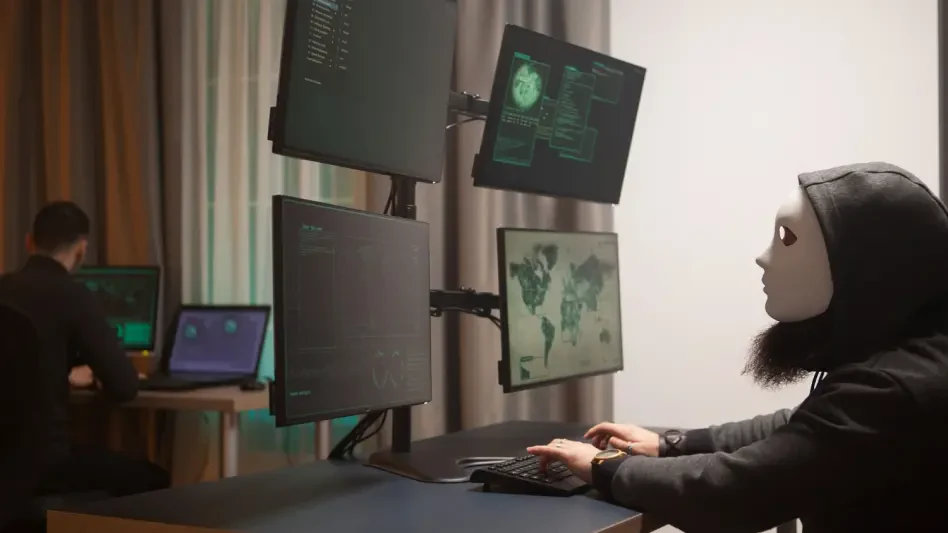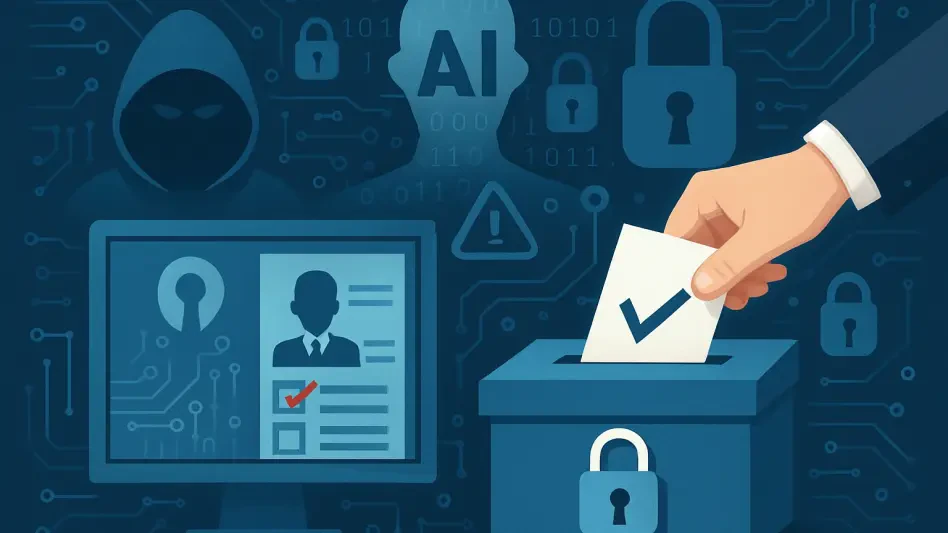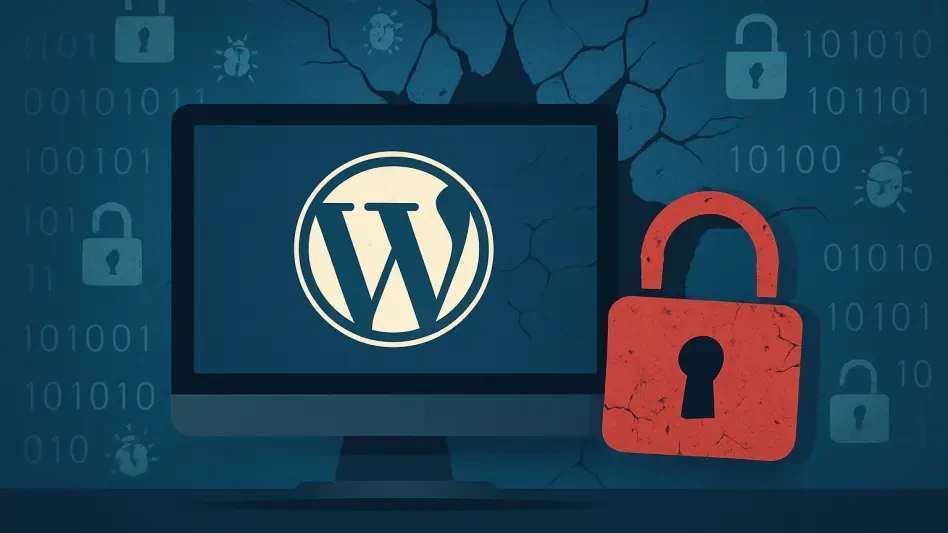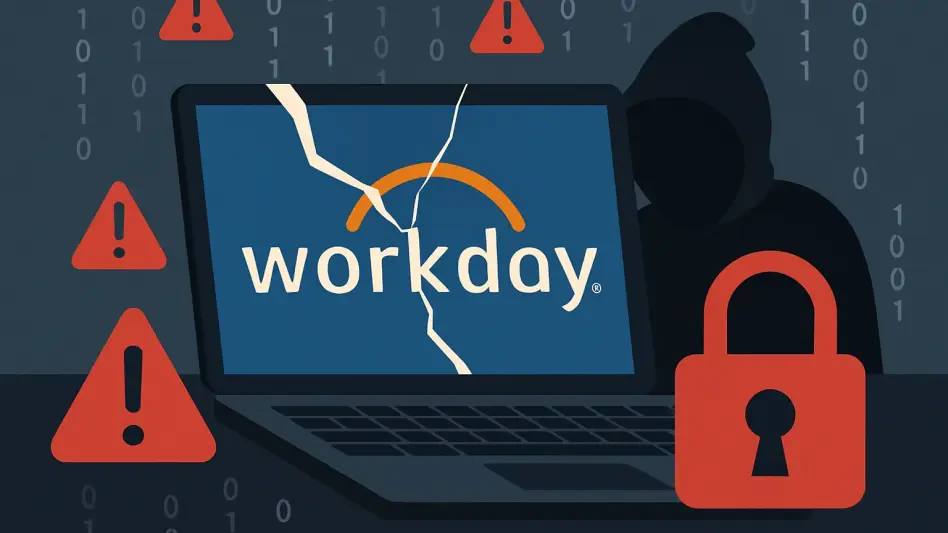The landscape of cybersecurity in 2025 is marked by unprecedented challenges emanating from insider threats. These threats have burgeoned significantly, demanding innovative strategies for detection and prevention. Organizations find themselves grappling with an escalating financial burden, spending on average $17.4 million annually to mitigate internal security risks. This notable increase from previous years underscores the urgency for deploying cutting-edge technologies and methodologies. In this era, remote work has transformed traditional corporate security paradigms, further complicating threat mitigation efforts. Additionally, rapid advancements in artificial intelligence continue to redefine the spectrum of cyber threats and provide new avenues for defense.
Escalating Threats and Financial Implications
Insider-related incidents are now responsible for nearly 60% of all data breaches, illustrating the magnitude of internal vulnerabilities within organizations. The 2025 Ponemon Cost of Insider Risks Report sheds light on the substantial financial impact of these threats, with expenditures dedicated to containment and incident response remaining high despite improved resolution times—from 86 to 81 days. The complexity of insider threats lies in their multifaceted nature, which encompasses scenarios such as malicious insiders seeking personal gain, negligent employees inadvertently exposing data, and compromised internal accounts manipulated by external actors. A striking 95% of data breaches involve human error, exemplifying the pervasive risk posed to modern enterprises and necessitating thorough analysis and robust countermeasures.
AI: Transforming Detection Capabilities
Artificial intelligence has emerged as a key player in augmenting threat detection capabilities through diligent analysis of behavioral patterns. AI-driven systems possess the capability to continuously monitor employee activities, identifying deviations from typical behavior which might escape traditional security monitoring. Cutting-edge algorithms like Random Forest have demonstrated exceptional precision by categorizing behaviors — achieving accuracy rates of 99.8% for email and 96.4% for user-related actions. This transformation underscores AI’s potential in discerning suspicious activities from routine ones, such as unusual access attempts, large-scale data transmissions, or efforts to breach unauthorized systems. The integration of AI into cybersecurity frameworks stands as a promising advancement, offering organizations a powerful tool for detecting insider threats swiftly and effectively.
Zero-Trust Architecture: A Foundational Strategy
Complementing AI enhancements, zero-trust architecture arises as a prominent strategy gaining traction among businesses aimed at strengthening defenses against insider threats. Widely recognized for its “never trust, always verify” principle, zero-trust architecture advocates for least privilege access controls, ensuring users are granted only the permissions necessary for their specific roles. Multi-factor authentication and network segmentation further bolster this approach, containing threats within designated network boundaries. With 81% of organizations planning to implement zero-trust policies by 2026, this architectural shift exemplifies a momentous progression toward fortifying organizational security and mitigating potential insider threats. The convergence of AI advancements and zero-trust principles fosters an environment where data security is meticulously maintained, safeguarding sensitive information from unauthorized access and manipulation.
Navigating Remote Work Challenges
The proliferation of remote work arrangements in recent times has significantly magnified the risks posed by insider threats. As employees work from diverse locations, the security vulnerabilities inherent to remote working scenarios threaten organizational integrity. Challenges such as dual employment and proxy interviews present new complexities beyond conventional security frameworks, requiring adaptive solutions. Organizations are responding by deploying advanced monitoring systems designed to track employee activities within distributed work environments while preserving crucial privacy measures. Enhanced vigilance over irregular work hours, policy breaches, and questionable interactions with external entities is paramount. This entails a concerted effort to balance security, productivity, and privacy without compromising any aspect of the workplace experience.
Multilayered Prevention Strategies
Effective prevention strategies necessitate a cohesive blend of technology, policy, and human elements. Establishing clear security policies with defined usage parameters and consequences for violations proves essential as a foundational measure. Regular security awareness training equips employees with the ability to recognize potential threats, fostering an understanding of their significance in safeguarding organizational data. Strong authentication systems, periodic access reviews, and data loss prevention tools maintain pivotal roles in shielding valuable information. Additionally, sentiment analysis offers insights into employee behavior, identifying stress or dissatisfaction potentially indicating predisposition toward malicious activities. The amalgamation of technical measures and human-centric policies empowers organizations to cultivate a robust, multidimensional defense mechanism against insider threats.
Cultivating a Security-Conscious Culture
By the year 2025, the cybersecurity landscape is overwhelmed by the growing challenge posed by insider threats. These internal threats have significantly expanded, demanding new strategies for effective detection and prevention. Organizations, confronted with these evolving risks, are incurring an increasing financial burden, averaging $17.4 million annually to address internal security issues. This statistic reflects a marked rise from previous years, emphasizing the pressing need to employ cutting-edge technology and methodologies to combat this menace. The transformation of traditional corporate security paradigms through remote work has further complicated efforts to mitigate threats, presenting unique security challenges. Moreover, rapid advancements in artificial intelligence are reshaping the cyber threat landscape, offering revolutionary defense mechanisms. These ongoing changes necessitate proactive measures and strategic foresight to safeguard organizational assets and data as we approach this new era of cybersecurity challenges.








